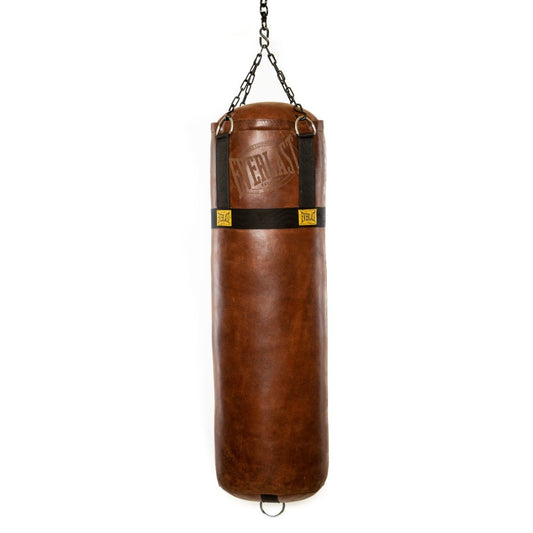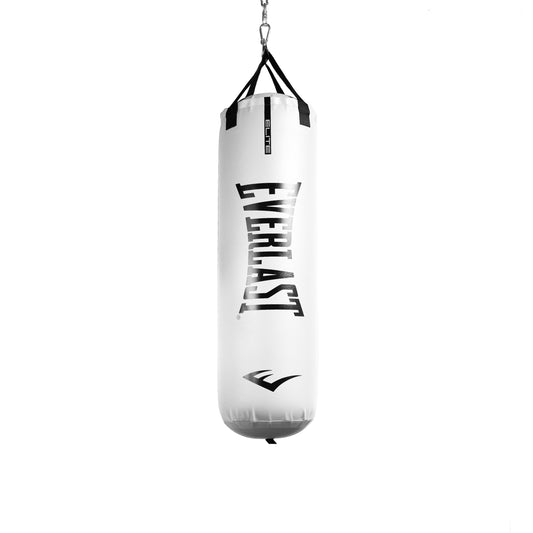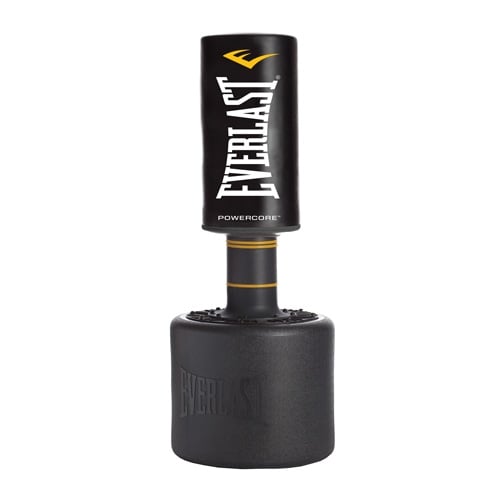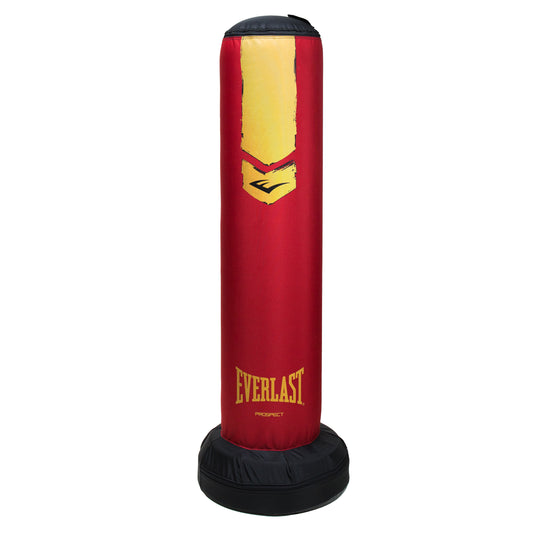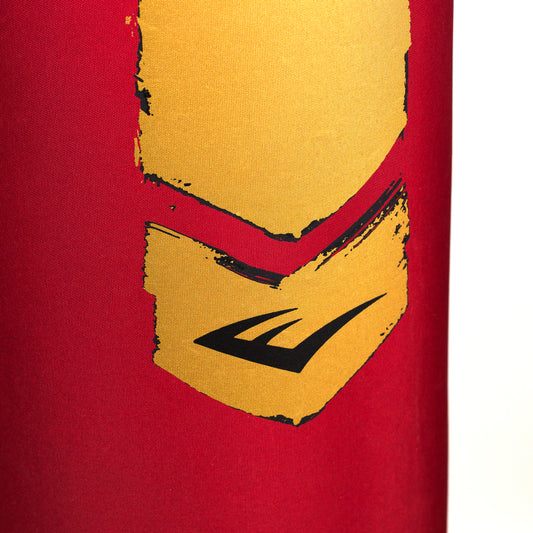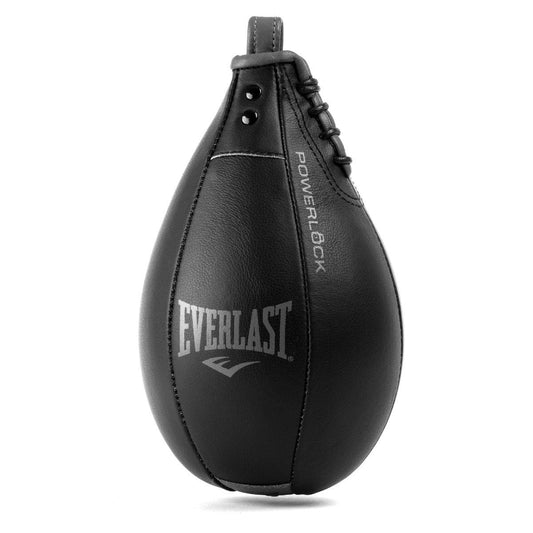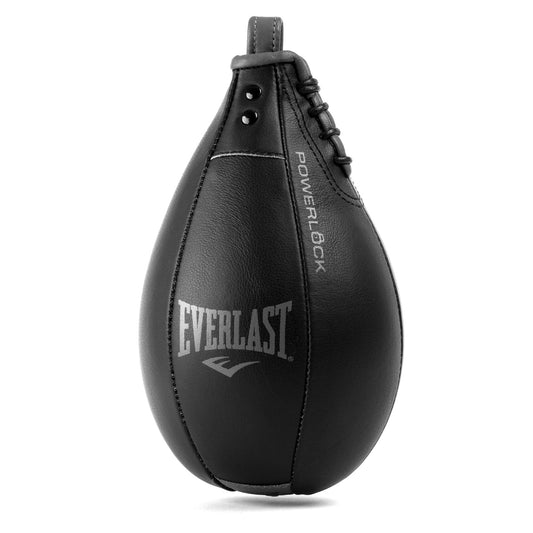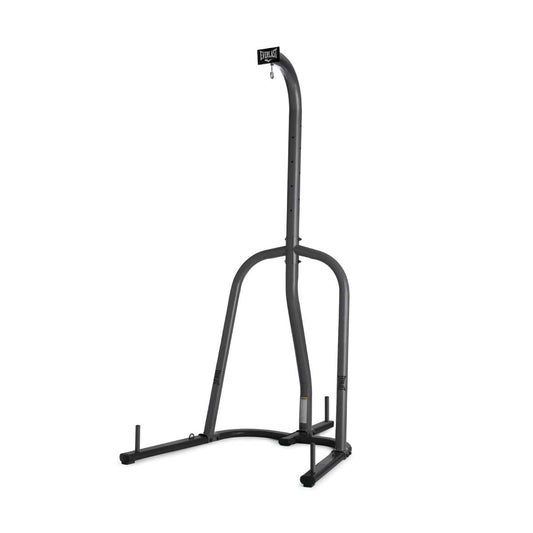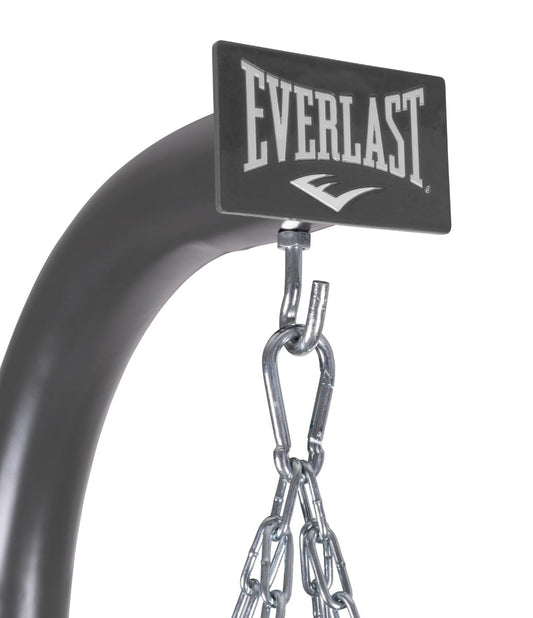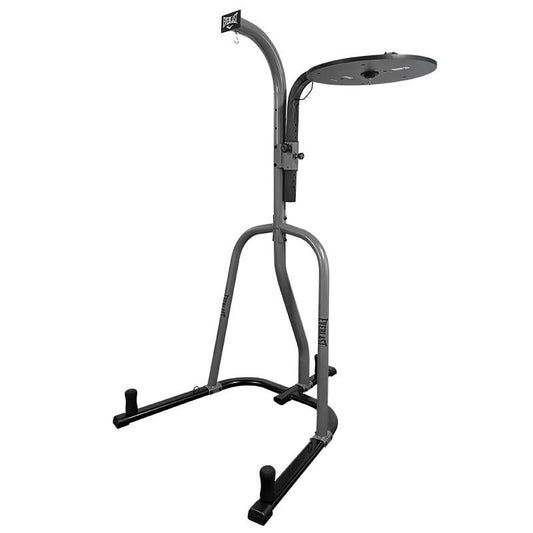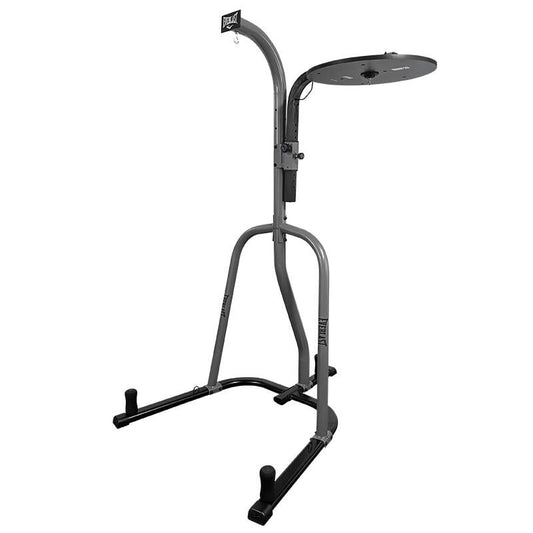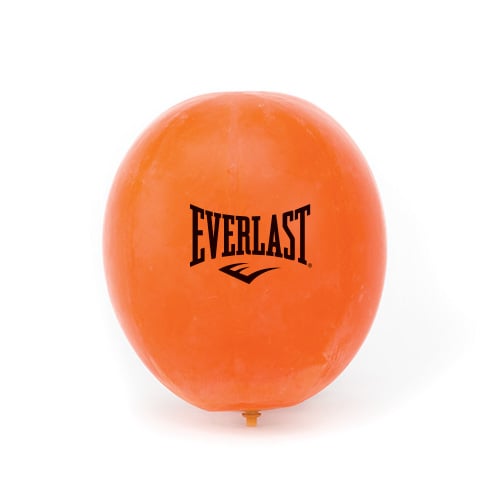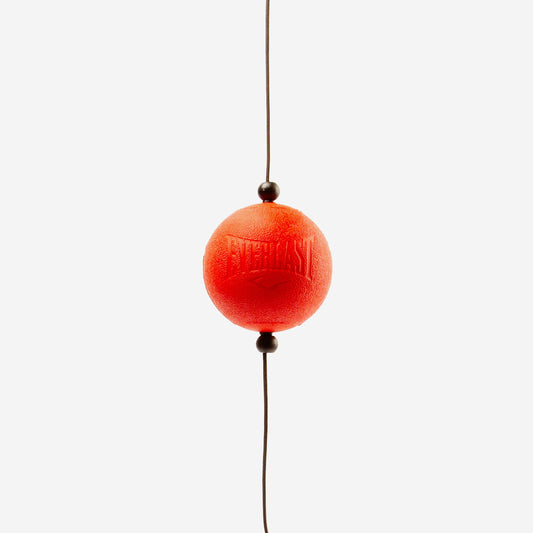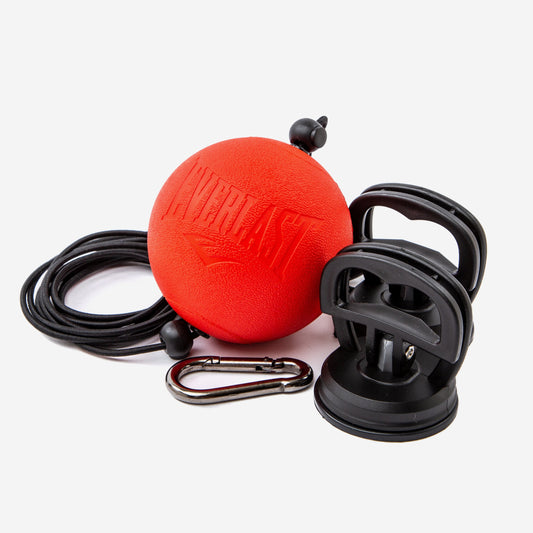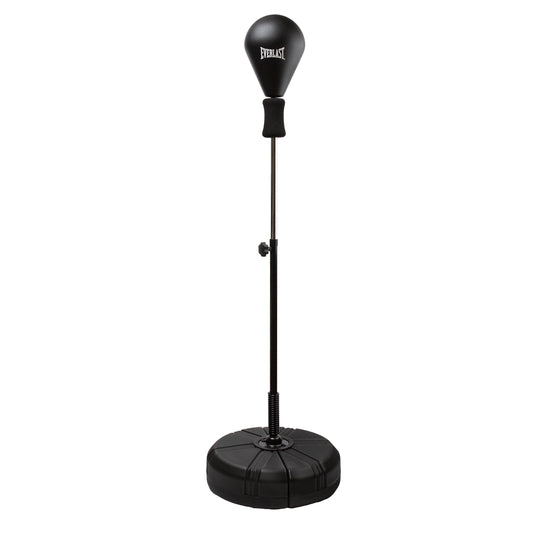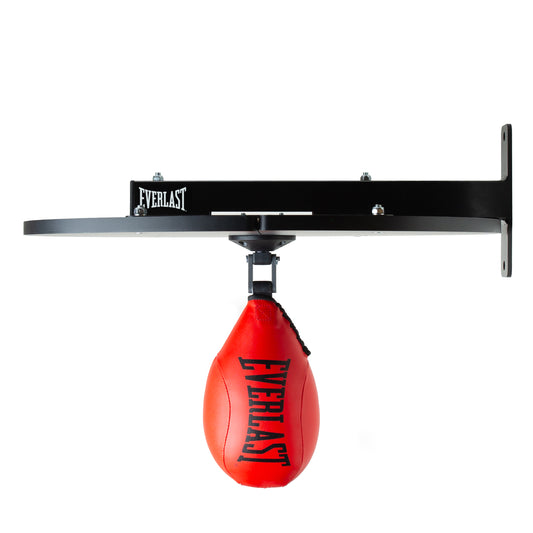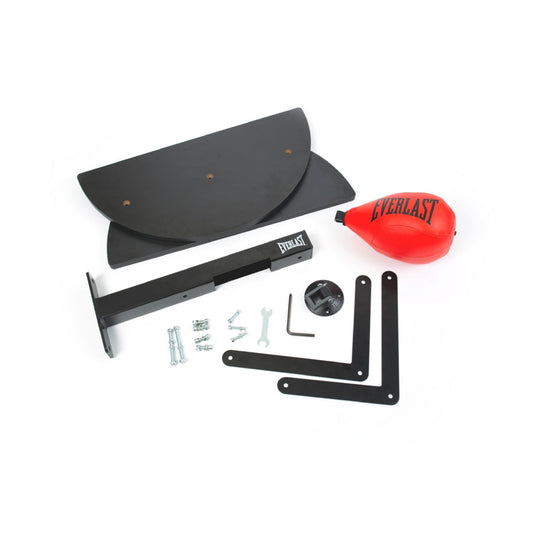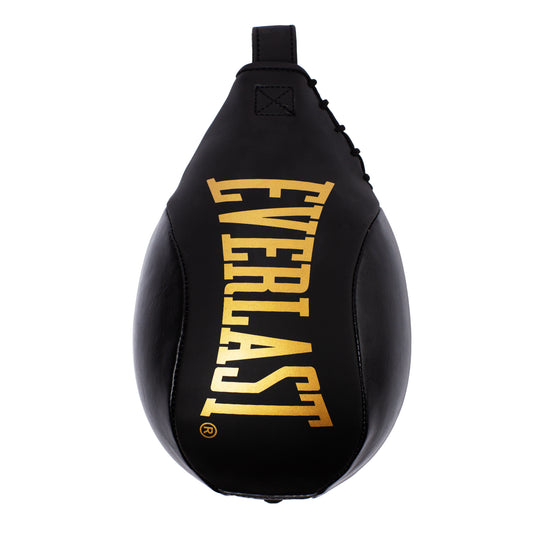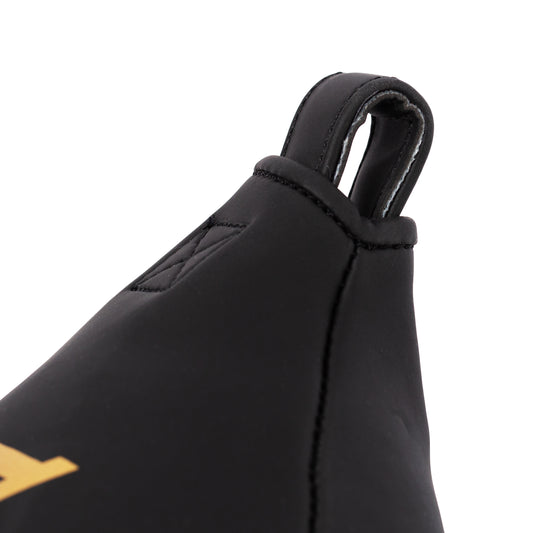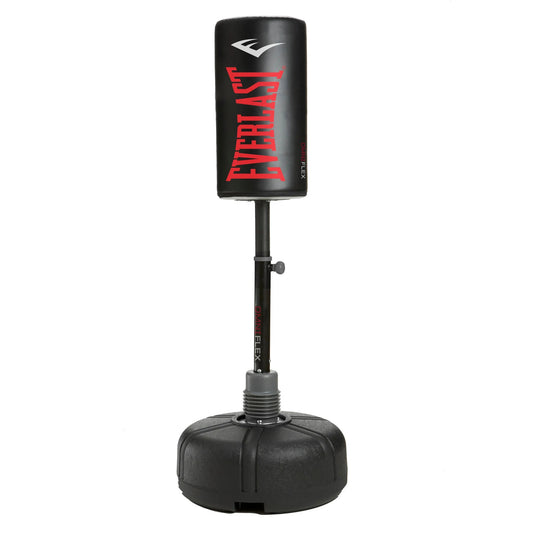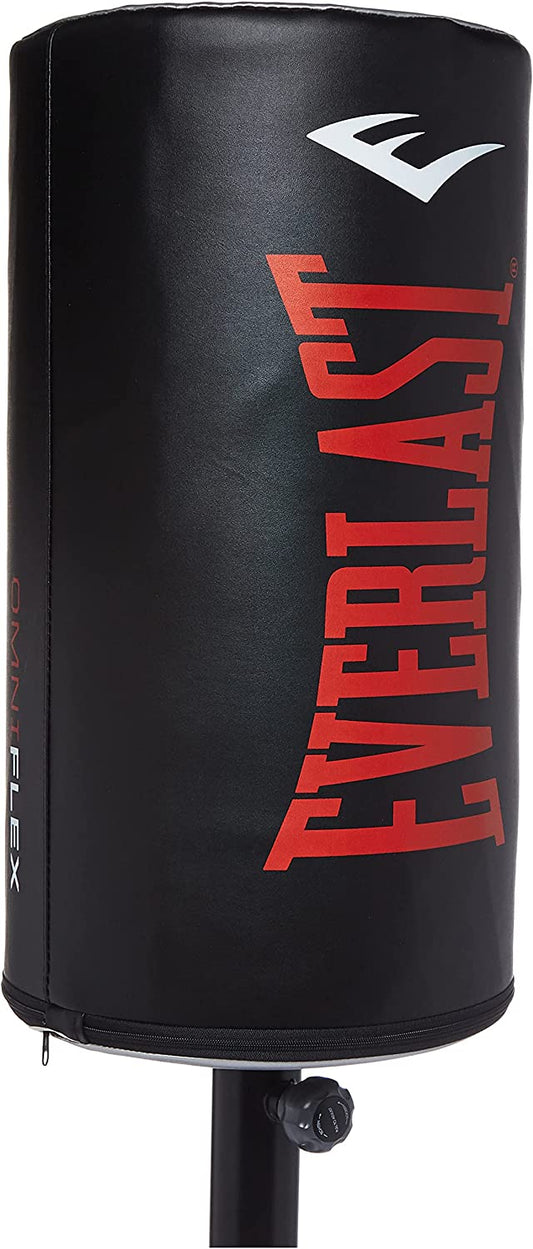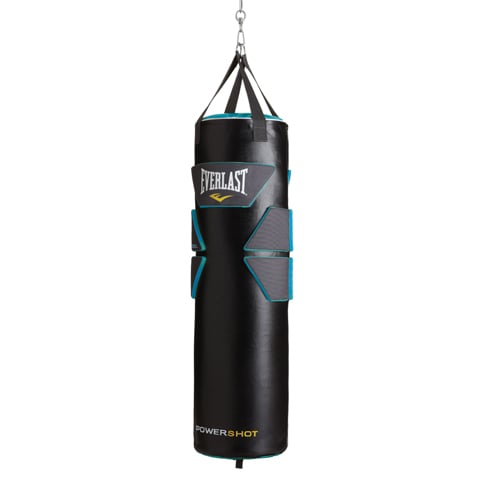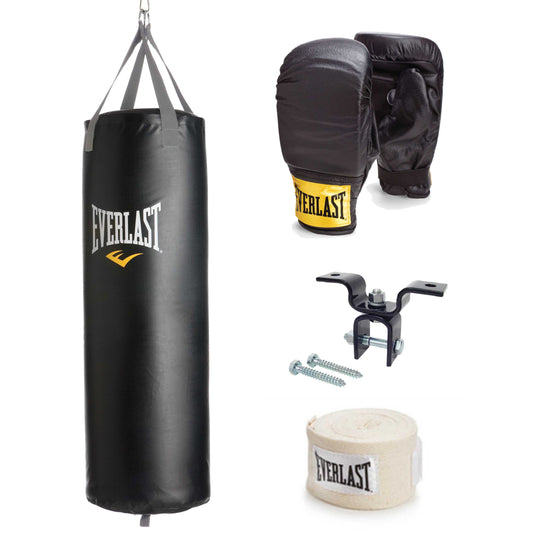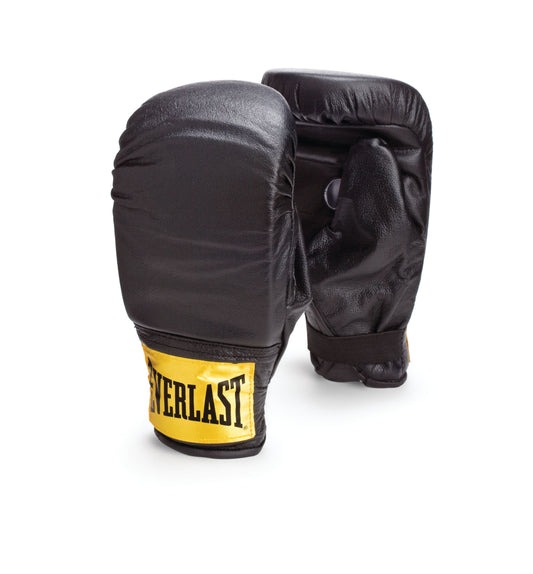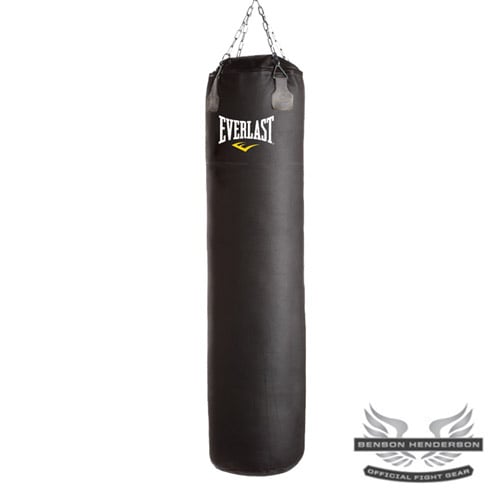Assembled in USA: The Everlast Heavy Bag

The heartbeat of boxing culture is built by hand, one bag at a time. Everlast’s Moberly facility has been assembling heavy bags for generations of fighters, supplying everything from basement gyms to pro training camps. At the center of it all is a meticulous process—equal parts craft, engineering, and sweat equity. This is how an Everlast heavy bag is made.
1. The Shell: Durable by Design
The process begins with the outer casing, which most people recognize as the “bag.” These shells are crafted from premium synthetic leather, rugged canvas, or full-grain leather, depending on the model. Each shell is pre-cut and stitched using industrial-strength thread, built to withstand hours of impact.
Workers inspect every seam for uniformity. No weak points. No frays. These bags are meant to last under pressure. Reinforced backing panels are added to stress points. The end result? A blank canvas tough enough for any level of training.

2. Stuffing the Bag: Layering with “Jam”
With the shell prepped, the team moves on to the stuffing—what gives the bag its form, feel, and feedback.
At the core of Everlast’s stuffing process is a proprietary material called Jam—a premium blend of recycled textile fibers that’s been sanitized, shredded, and compacted. Unlike foam or sawdust fillers, Jam is designed to replicate real-world resistance: dense enough to challenge power, soft enough to prevent joint strain.
Workers layer Jam by hand, stuffing and packing in measured amounts. It’s not about volume—it’s about balance. The fiber is evenly distributed manually to avoid soft spots or dead zones. The tactile density must feel uniform from top to bottom.

3. The Core: Sand Centering for Weight and Swing
Once Jam fills most of the bag, a sand core is inserted—a cylindrical sleeve filled with specially treated sand. This internal ballast adds proper weight and stabilizes the bag’s swing during training.
Positioning is crucial. The sand core must sit centered vertically, secured in place so it doesn’t shift over time. It gives the bag a lifelike response, grounding it so punches land with the correct resistance.

4. Inspection: Quality Control
Next, bags are cleared for boxing. Quality Control teams conduct a full-body check. Workers hand-wipe the shell, test the swing, and measure weight. It’s a quality standard built from decades of doing it the hard way—the right way.
5. Packaging
Once approved, the bag is carefully boxed, labeled, and loaded for distribution. From Moberly, it heads to gyms, homes, and fight camps across the country.
What leaves the warehouse isn’t just a product—it’s a partner in punishment. A tool of discipline. A cornerstone of boxing culture.
Made with purpose. Built to take a hit.

